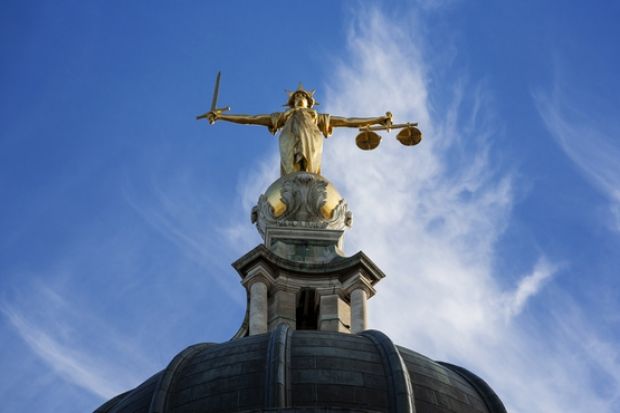A website that has transformed our understanding of crime, criminal justice and the wider social history of the 18th and 19th centuries celebrated its tenth birthday this week.
Although the central criminal court at the Old Bailey published its Proceedings for the whole 240 years from 1674 to April 1913, no single library holds a complete collection and in the past scholars had to rely on microfilm. The launch of Old Bailey Online made all 1 million words available in a fully searchable form. There have been over 34 million page views in the past decade.
Tim Hitchcock, professor of 18th-century history at the University of Hertfordshire and one of the originators of the project in 1996, calls the resource “the largest body of printed material relating to the behaviour of non-elite people ever produced. It is now possible to reconstruct the lives of working people in ways impossible before…The website represents the dead people’s end of the big data movement.” Historians of gender, race and disability have found it a treasure trove.
“It has made a huge difference to the amount of research on crime and punishment,” added the archive’s co-creator Robert Shoemaker, professor of 18th-century British history at the University of Sheffield.
He said many researchers in the 1960s and 1970s had been interested in the link between crime and social protest, but that view ran out of steam in the 1980s.
“We have broadened the terms of debate, looking at the ordinary criminal rather than the criminal as class warrior and justice as more than an instrument of terror. That has also allowed us to see its limits, how people managed to play the system or evade the system. We are still working within a tradition of ‘history from below’, but our methodology and resources are now much better.”
Professor Shoemaker referred to Charlotte Walker, an 18th-century prostitute and thief who was repeatedly tried at the Old Bailey over several decades. She was rarely convicted and never sentenced to death, but was eventually transported to Australia.
“She was both good at defending herself and very careful about what crimes she committed,” he said. “That kind of defiance of the criminal justice system could not have been tracked before…We also understand much better how the adversarial trial emerged in the 18th century - after highway robbers started hiring lawyers.”
Because the Old Bailey’s Proceedings were carefully transcribed by hand for the archive, it is far more accurate than resources digitised by optical character recognition, as with Google Books. This also makes it, Professor Hitchcock said, “the best evidence we have for what purports to be spoken speech in the period before recording”. Linguists can now track changing London speech patterns over two centuries.
Funded by the Arts and Humanities Research Council and the National Lottery, Old Bailey Online has been avidly consulted by family historians and provided the storylines for the BBC drama series Garrow’s Law.
It has also proved useful for scholars researching some exceptionally obscure topics.
“A historian of rare musical instruments,” recalled Professor Shoemaker, “found the first known mention of one [particular instrument] in a list of stolen goods.”
Register to continue
Why register?
- Registration is free and only takes a moment
- Once registered, you can read 3 articles a month
- Sign up for our newsletter
Subscribe
Or subscribe for unlimited access to:
- Unlimited access to news, views, insights & reviews
- Digital editions
- Digital access to THE’s university and college rankings analysis
Already registered or a current subscriber? Login




